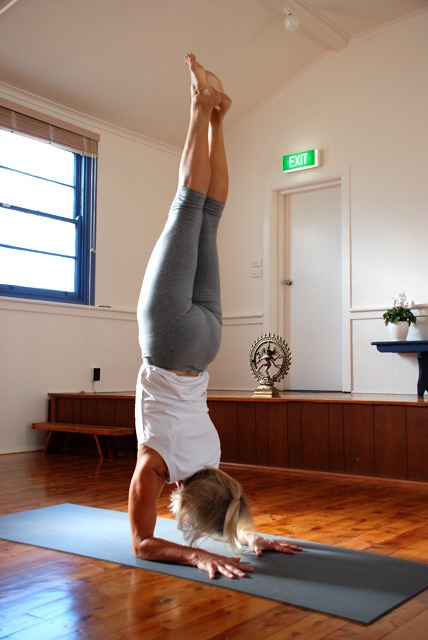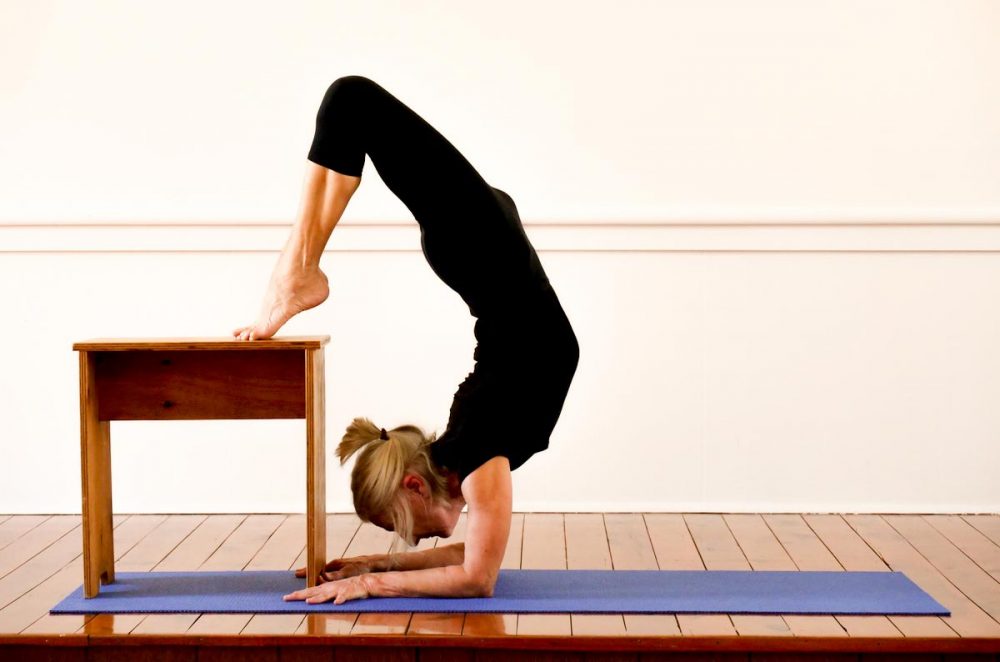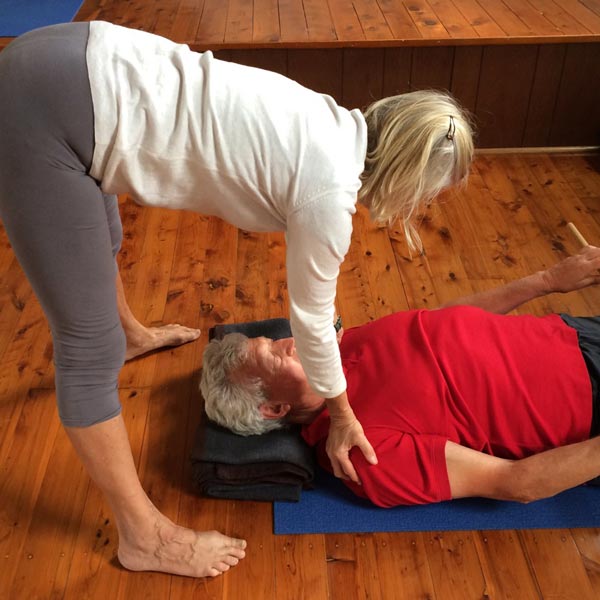There are no products in the cart

Yoga and Ageing
Pixie Lillas, founder of the Balmain Iyengar Yoga Studio, explores Iyengar Yoga practice through the varying stages of life
This is a topic which up to now, in my experience, has been little discussed. Yet it is something that will affect all long-term yoga practitioners, with a little bit of luck. The subject is perhaps only emerging now because we are the first full generation of practitioners to go this far, people with 30 or 40 years of practice behind us. That, by the very nature of things, signifies dealing with age.
This is the edited text of a talk given by Pixie Lillas at the Australian National Iyengar Yoga Convention held by the BKSIYAA in Adelaide, Australia, in November 2017.
It may also be that we are only now, coerced somewhat by our bodies, beginning to face up to the reality of ageing, to look squarely and truthfully at what is happening. We are obliged by this new reality to see what options there might be, ones that don

Answers to these problems started to emerge by themselves, through regular, daily practice. Some things just started to become clearer, more defined. In some ways, they had to, because the same issues kept occurring, and I also kept practising. Eventually, it became clear that I had to explore some new ways to resolve these conflicts, and I had to try a few new approaches to how I went about things in life off the mat too.
So maybe, just maybe, my dropbacks were not coming badly because someone started talking in the room. Perhaps it was up to me to find a better technique or to learn to keep my mind more focussed regardless of what else was going on around me.
It was just possible that if I chose not to stay up so late, or to modify my food on certain nights, or to take better care in how I scheduled events, I would feel more prepared for yoga the next day. I did have some control over how my day was set up.
And over time friends and family, with a bit of compromise on both sides, began to see and respect what yoga was doing for me. If I was clear and persistent enough not to give in to the pulls and doubts that would arise each day, other people in my life saw that it was possible to effect change and that yoga practice was just something different, not something negative. Some who were close enough could see that the effects of yoga could be positive for family relationships too.

These examples are relevant because that early practice, with all its challenges, taught me a lot. It allowed me to use my youthful energy to give my mind time to mature. Refining my body with the aspiration of doing better physical poses kept me occupied while my mind developed more clarity and while my understanding progressed a bit further. Practice was changing me, while I was caught up with the physical. This, I might add, can happen at every age. Youth was helpful, but it was not essential. I have seen this same process occur for anyone who allows themselves to properly surrender to the possibilities offered by practice, who does not allow uncertainty and inner disbelief to stop them from doing something.
Physical Obstacles
Now, with age, I find that the initial problem is almost the reverse.
The mind is more flexible, more willing and able to reflect and to observe itself, and the body is meeting a range of obstacles. It doesn

It

One day in Pune Guruji was working with a young paraplegic man. He said to me in the medical class that he wouldn
It is no longer a case of seeing how to just attain the pose, but rather finding out what we can learn that allows us some access, some freedom within the restrictions. We can create new space and find some vitality in the stiffer places. Perhaps something like the image of bringing wetness to the dry areas, as Guruji spoke about. I often think it is like threading a needle. We have to be very precise, specific and clear in each action to gain maximum effect and opening. This becomes a very absorbing way of approaching practice and one that can show us a path to follow, rather than pushing our way forward.
Past experience is also useful. It can guide us if we let it not dictate from the nostalgia of remembering how we used to do things. It is a glimpse of possibilities that may still exist, though perhaps in a different form. It

We get back to the fact that it is the mental obstacles that may require more of a push, and it is important to remember the benefits of getting on the mat. If we do that a few times, we may recognise how much it can help. That is motivating. And here past experience is again useful.
Aims of Practice
What is the aim of practice anyway?
A few possible thoughts:

